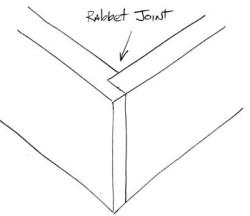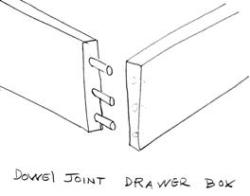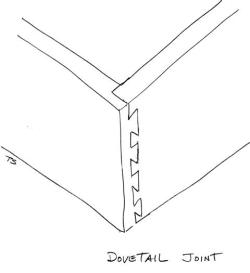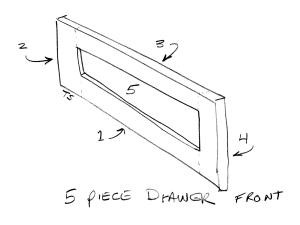Many consumers getting started on a new kitchen project put a lot of thought into drawers. Of course, typically the thought is, “I need a lot more drawer space.” What they might not consider are a few drawer construction options their designer might offer. These features can have a sizable impact on the cost of the project and, more importantly, the long-term beauty and functionality.
Joint Construction
There are usually a limited number of options for drawer box construction, or how the corners of the box are joined. Rabbet joints are often found in less-expensive cabinet lines. Today’s high-quality manufacturing processes make this type of joint suitable for everyday use, but they can fail over time causing the face of the drawer to separate from the box. Dowel joint drawer boxes offer superior strength and durability, with wooden dowels and glue used to join corners. Dovetail drawer joints are standard in mid-range to high-end cabinet lines, and may be offered as an upgrade option on other lines. Dovetail joints will stand up to heavier use and are a good visual indicator of construction quality.



Drawer Face Construction
The face construction of the drawers, which is designed to match the door style type, is another important consideration. One-piece slab drawer fronts are generally found with less-expensive door styles but may include detailed edging that makes them appropriate for more elaborate designs. Five-piece drawer fronts are usually considered an upgrade and can give your new kitchen a significantly more decorative and distinctive look.


Recent Comments